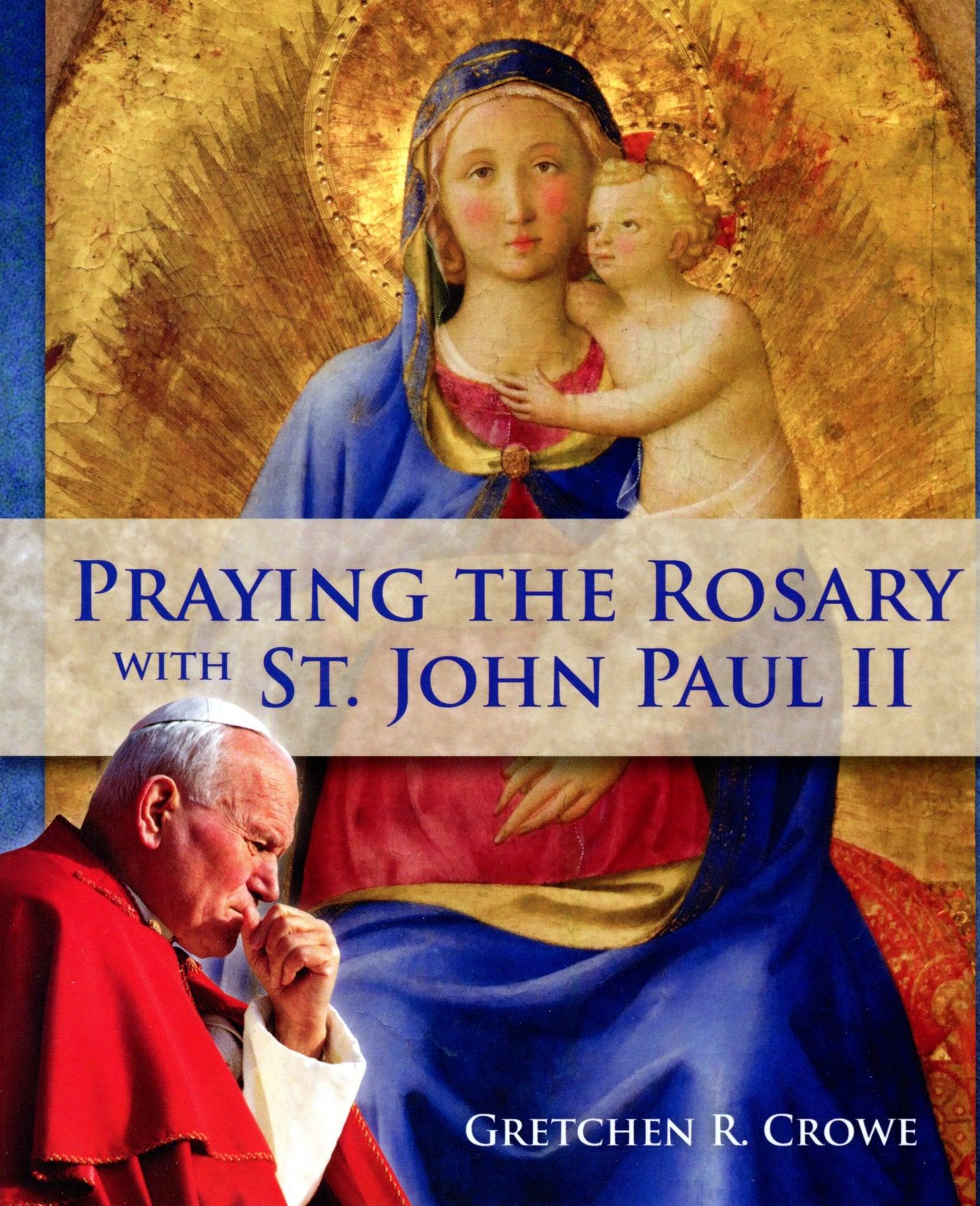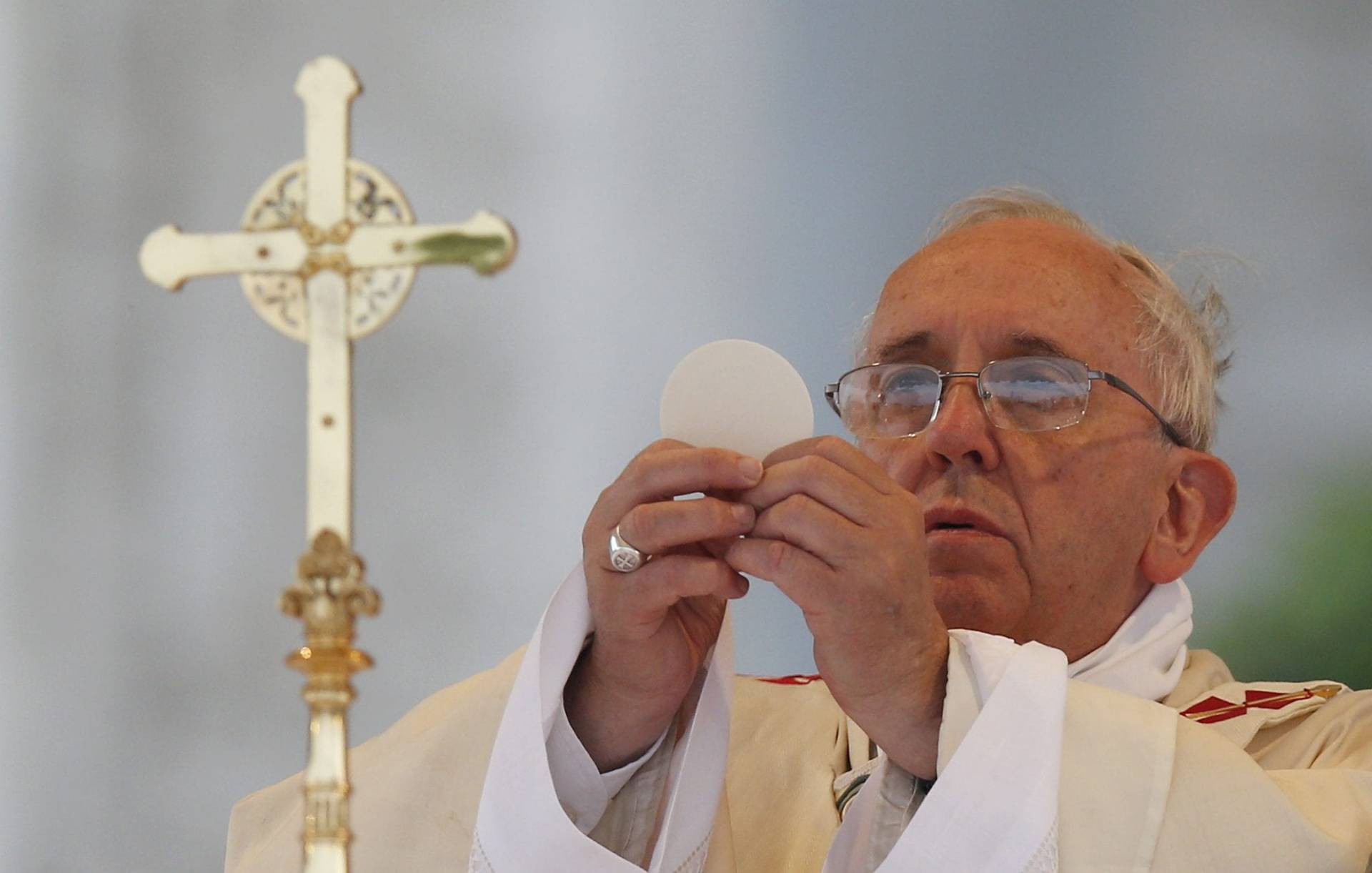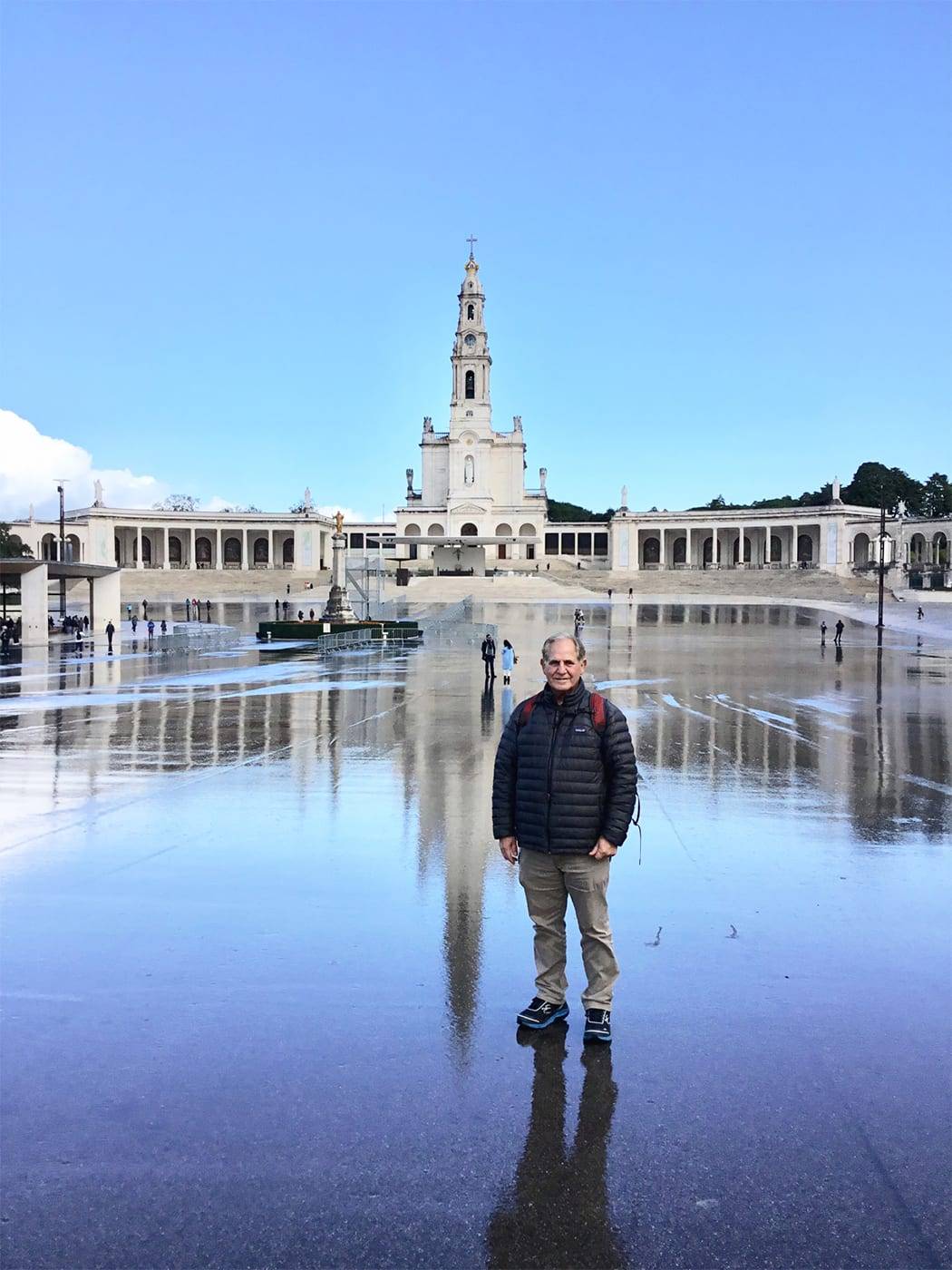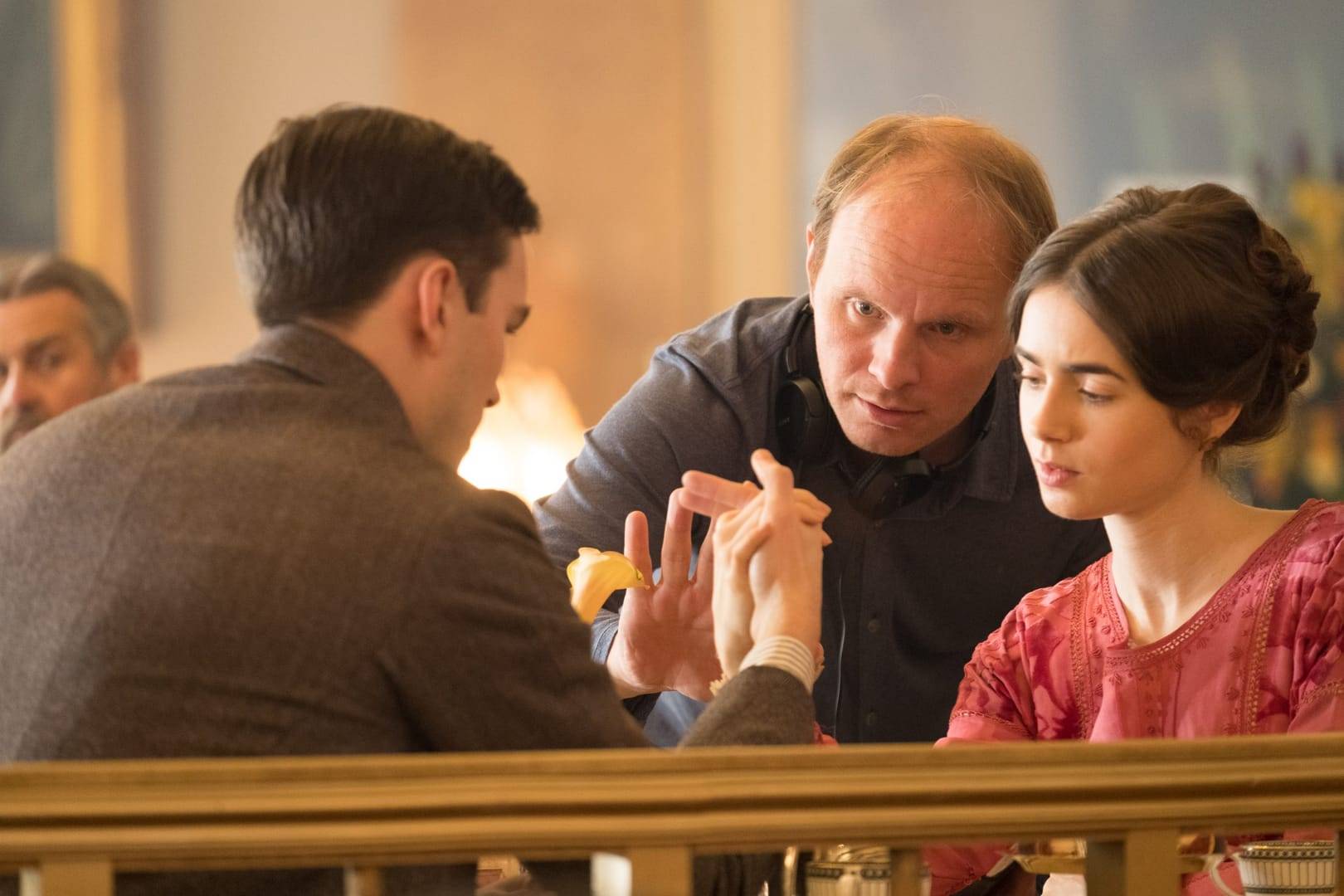We have landed in Ordinary Time, the 29-week season between Pentecost and Advent when even the Gospel becomes, well, “ordinary.” Ordinary Time is the longest season of the Church year. Not, for now, any pageants with little shepherds and angels. No Transfigurations. No Epiphanies.
Where I live, Ordinary Time looks like this: mowing the lawn, planning next year’s classes. It looks like lots of paper plates and watermelon rinds, family visits, sneakers full of sand.
Why would the Church let us down like this? Don’t we chronically yearn to “Escape from the Ordinary,” in the words of GM’s classic Oldsmobile campaign? Who wants vin ordinaire when we could be clinking glasses of Dom Perignon in Provence?
But stop and think for a minute. Remember. Some of childhood’s most precious gifts descended (in the northern hemisphere, at least) not when we were aiming for the Extraordinary, but during Ordinary Time. Until I went off to college, the summer was for lying on my back and watching cloud formations, reading deeply at the beach, rowing out on the lake to catch the breezes driving the big sailboats. It was staying up late to watch thunder storms, teaching younger siblings how to ride a bike, or organizing an expedition. This was deep, rich composting time, a time of magic and reverie, when I made discoveries far more interesting than most of those I made during the school year. In hindsight, I see that “ordinary time” was essential for restoring my imagination and allowing me to think long thoughts while I sucked on a popsicle from the corner store, shuffling down a dirt road, as far as one could be from the carousel of school-church-family that spun like clockwork from September to May.
I don’t know many children who have the luxury of such unstructured time today, and I fear for their souls. I don’t mean just the health and rigor of their “church school” lessons, but the prospects for their imaginations, the inner resources, images, and memories that form our well of resilience in the face of life’s inevitable and all-too-ordinary pain.
In this context, the Church’s Ordinary Time makes brilliant sense. It challenges us modern adults in a way that no other season of the year does. The strobe lights and neon directionals of Easter and Pentecost have been put away. Now we are tasked with actually absorbing the lessons Jesus taught through the journey of his life on earth — not as selections from his greatest hits heard on Sunday, but as the air we breathe, the dust we sweep, the purposes and priorities we are faithful to, lived in the present moment.
We would do well to refresh our memories of Rat and Mole, those sweet characters in Kenneth Grahame’s “The Wind in the Willows,” as they scull down the stream with no thought but the next meal, when suddenly out of nowhere, they hear the sound of the Great Mystery itself, and are moved to bow their small heads in reverence at the astonishingly close proximity of the eternal in the play of normal time.
Ordinary Time, then, becomes the countercultural challenge of the year. It calls us to slow down, to reflect, to listen beneath the noise of the culture, the pace of family and professional life, that has grabbed us by the throat and holds us hostage and numbed by stress the rest of the year. This is a time to take our souls and the souls of our children and let them loose in the garden, the park, on the river.
Religion, as everyone from Jesus on down the line knew, can be a dangerous thing. It can provide us with vistas that free us from our confinement. But it can also erect walls. When we become so absorbed in the “work” of religion, our habits of worship and prayer, in the fine points of Scriptural analysis, in Church politics, to the neglect of life itself, it has become just another dark room.
Above my desk I keep a little yellow Post-It that reads: The ultimate sacrament is NOW. It comes from a book by the Buddhist nun Pema Chodron. In a nutshell, it expresses the theology of Ordinary Time. The incarnation calls us to celebrate not just the birth of Jesus, but God’s whole creation. When God made the world, he saw that it was “good.”
No job, no beloved community, can be the end of our reality. And our good works, not a to-do list, form the taproot from which our lives reach towards serendipity, presence, and the immense gift of surprise.
So how shall we “do” Ordinary Time this year? How do we hold the tension between being and becoming, work and play, between security and Sabbath?
I want to suggest that we consider anew the value of a “practice.” A practice is that which allows us each day to set down the rake or the tools, the laptop or the machine, and invite life to reach us like it reached Rat and Mole. We give ourselves time to listen deeply for the “still small voice,” for the eternal ground, from which we resurface into the dailiness of our days, not just refreshed, but in some mysterious way re-oriented to the fullness that lies just out of view of our “ordinary” routines.
A good practice doesn’t result in some kind of final “mastery;” it deepens us. A practice is in essence endless. This is good news. It means that we don’t have to race to some finish line before the curtain comes down. We don’t have to get it right before Advent. God is never finished with us. Fullness means to live each day skillfully straddling the tasks at hand and the light that, if we stop to notice it, informs them. Opportunities abound to be kind rather than impatient, to listen instead of racing to make our own voices heard.
The gift of Ordinary Time is to make the raking, the picnics, the lesson plans, the quarterly reports, or patient visits, places where the light can enter through us, because we are ordinary, because we are on the journey.

















